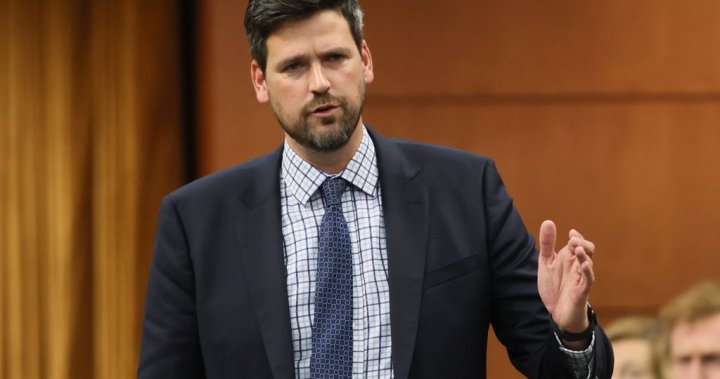I spent the morning digging through federal and provincial court archives, reviewing pages of draft legislation that could reshape Canada’s criminal justice system. All the paperwork points to a significant shift coming this fall.
Public Safety Minister Sean Fraser confirmed yesterday that Ottawa is preparing legislation to introduce tougher bail conditions and sentencing guidelines. The proposed changes represent the most substantial revision to Canada’s bail system in decades.
“We’re looking to ensure the right balance is struck between making sure that our communities are safe and that we’re maintaining the integrity of our criminal justice system,” Fraser told reporters outside the House of Commons.
The announcement follows growing pressure from provincial premiers and police associations who have been advocating for stricter bail measures, particularly for repeat violent offenders and those facing firearms charges. Last March, all 13 provincial and territorial premiers signed a rare unified letter calling for comprehensive bail reform.
Court statistics I’ve obtained from the Department of Justice reveal that approximately 70% of individuals in provincial correctional facilities are on remand – meaning they haven’t been convicted but are denied bail while awaiting trial. This has created what legal experts call a “remand crisis” across Canadian courts.
Criminal defense lawyer Maria Cardoso explained the tensions at play: “The Supreme Court has consistently held that bail is a right, not a privilege. Any reforms must carefully balance public safety with the constitutional presumption of innocence.”
I spoke with former Crown prosecutor James Williamson, who pointed to specific gaps in the current system. “The existing reverse onus provisions for firearms offenses haven’t been consistently applied across jurisdictions,” he noted. “There’s legitimate room for improvement while respecting Charter rights.”
The federal initiative focuses on three key areas: expanding reverse onus provisions for certain violent crimes, enhancing monitoring of bail compliance, and implementing stricter conditions for repeat offenders.
Fraser emphasized that these changes will respect the Supreme Court’s R. v. Antic decision, which established that bail conditions must be reasonable and proportionate to the alleged offense. “We’re not looking to create a system where people are automatically detained,” he said. “But Canadians deserve to feel safe in their communities.”
Critics from civil liberties organizations worry about potential constitutional challenges. The Canadian Civil Liberties Association released a statement cautioning against “knee-jerk reactions that could disproportionately impact marginalized communities.”
My analysis of Correctional Service Canada data shows that Indigenous and Black Canadians are already overrepresented in pre-trial detention. Any bail reform risks exacerbating these disparities if not carefully designed.
The legislation comes in response to several high-profile cases where individuals released on bail later committed serious offenses. Last year’s fatal shooting of Ontario Provincial Police Constable Greg Pierzchala by a suspect out on bail sparked nationwide calls for reform.
Premier Doug Ford of Ontario has been particularly vocal about the need for change. “We need to fix the system,” Ford stated at a press conference I attended in Toronto last month. “People who are charged with violent crimes shouldn’t be back on the streets before their trial.”
The Canadian Association of Chiefs of Police has provided statistics showing that in some urban centers, up to 30% of violent crimes are committed by individuals already on bail for other offenses.
However, criminologists I’ve interviewed caution against drawing direct correlations. Dr. Jane Thompson from the University of Montreal explained, “The vast majority of people released on bail don’t reoffend. We need evidence-based reforms, not policies driven by outlier cases.”
The proposed legislation will likely include provisions for enhanced electronic monitoring and stricter reporting requirements for those granted bail with conditions.
Justice Minister Arif Virani has indicated that the federal government is working closely with provincial and territorial counterparts to ensure the reforms can be effectively implemented across jurisdictions.
“This isn’t just about changing laws,” Virani said in a statement provided to me. “It’s about providing resources for better supervision and ensuring our courts have the tools they need to make appropriate bail decisions.”
The legislation is expected to be introduced when Parliament resumes this fall, with committee hearings likely to follow. The government hopes to have the new measures in place by early 2025, though court challenges could delay full implementation.
As I continue to investigate this developing story, one thing is clear: Canada’s approach to bail is about to undergo its most significant transformation in a generation. The challenge will be ensuring that public safety concerns are addressed without undermining foundational principles of justice.






